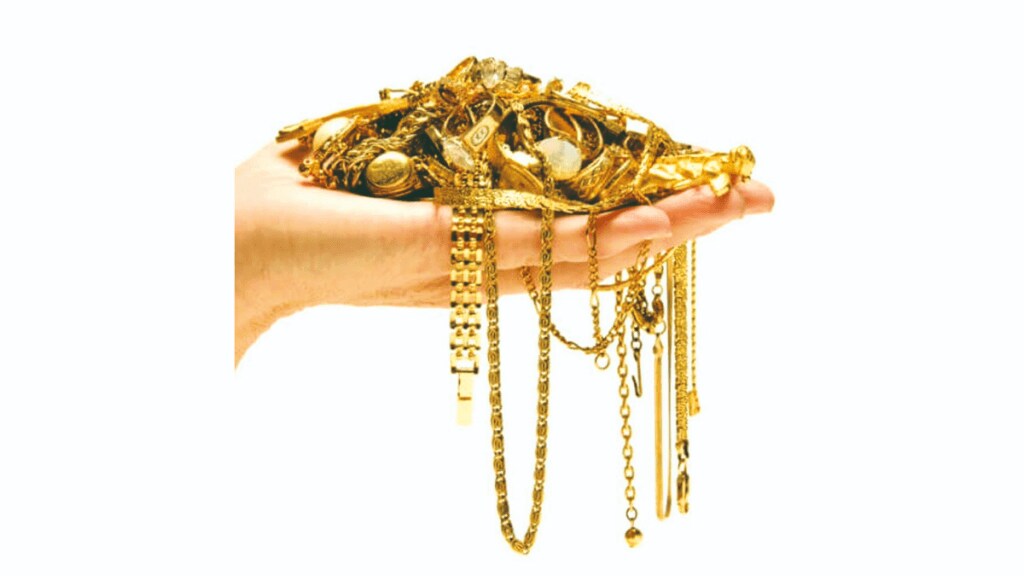Is this just about revenge shopping? Can it be explained by the fact that home-grown luxury brands have successfully captured the imagination of the world? Or is it a fallout of global brands making a grab for Indians’ wallets?
As per Euromonitor International, India’s luxury market will touch Rs 82,186 crore by 2027, up from Rs 53,561 crore in 2022.
A new report by Deloitte, 2023 Global Powers of Luxury Goods, says India constitutes 9.1% of the luxury goods sales by the Top 100 firms in the category. “With the surge in discretionary spending, Indian consumers are increasingly inclined towards luxury purchases, accentuating India’s pivotal role in shaping the future of luxury retail,” says Anand Ramanathan, partner, consumer products and retail sector leader, Deloitte India. “The country’s growing economic, demographic, and urbanisation trends are amplifying the demand for jewellery, especially amongst the burgeoning middle-class segment.”
As per the report, six Indian luxury firms are among the top 100 global luxury goods firms. It highlighted the importance of emerging technologies such as artificial intelligence, especially generative AI, in improving experiences for consumers.
Interestingly, India is the second-largest gold jewellery market in the world, falling just behind China, as per Deloitte. “Traditional gold retailers are making way for modern retail chains with renowned luxury brands,” it said. It added that Malabar Gold & Diamonds, Senco Gold, and Thangamayil Jewellery were the new entrants to the luxury jewellery list, joining Titan Company, Kalyan Jewellers India, and Joyalukkas India.
“Gold jewellery embodies not just wealth but a legacy of cultural significance. It’s not merely an investment; it’s an expression of elegance, a precious link between tradition and modernity in the ever-evolving tapestry of luxury,” says MP Ahammed, chairman, Malabar Gold & Diamonds, which ranks 19th in Deloitte’s global ranking and is No 1 among Indian companies.
Globally, the world’s top 100 luxury goods firms generated personal luxury goods revenues of $347 billion in CY22, up sharply from $305 billion the previous year, as the recovery from the impact of the pandemic continued. “The importance of the biggest luxury goods firms is clear: the 17 firms with luxury goods sales of more than $5 billion contributed nearly 70% of the total top 100 luxury goods sales. The 43 firms with sales of $1 billion or less contributed only 6.4%. The minimum revenue threshold to enter the top 100 was $284 million,” the report said.
In numbers
$347 billion – Aggregate luxury goods sales globally
$3.5 billion- Average size of top 100 companies (luxury goods sales)
$284 million – Minimum luxury goods sales required to be in the Top 100 list
8.4% – FY19-FY22 compound annual growth rate in top 100 firms’ luxury goods sales
Source: Global Powers of Luxury Goods 2023 report by Deloitte


